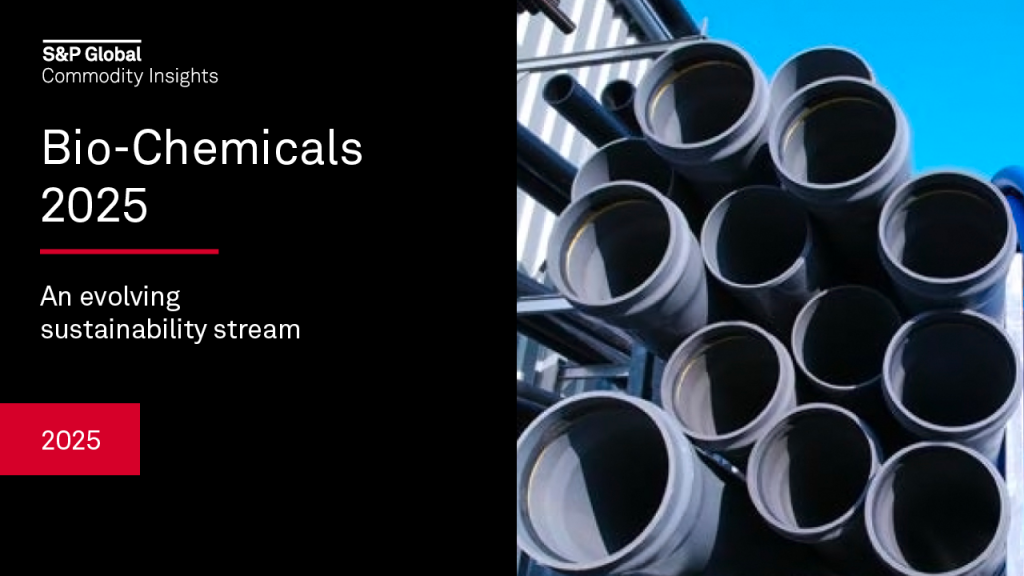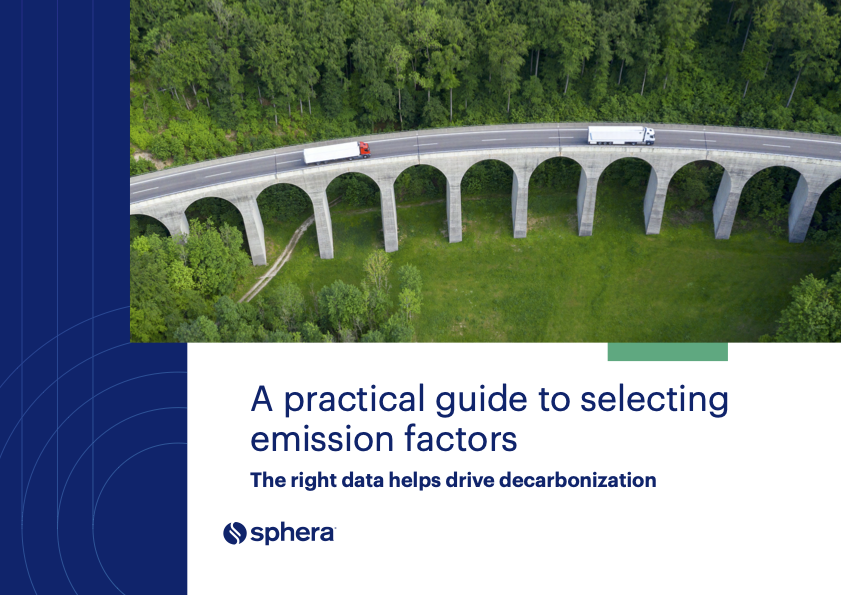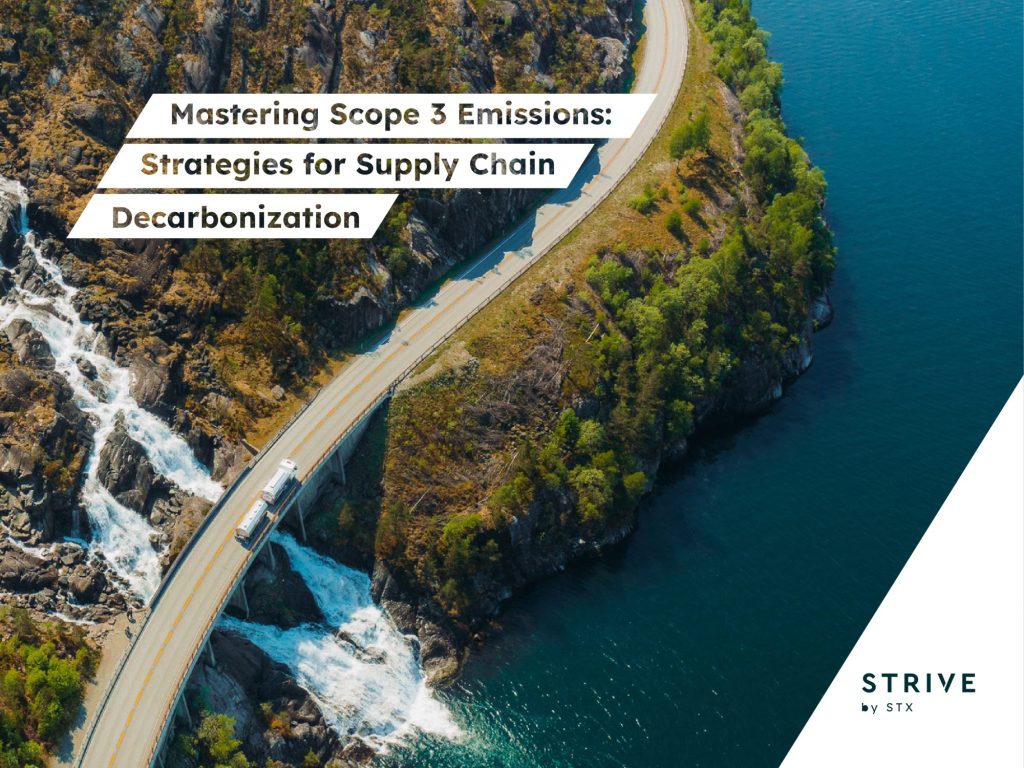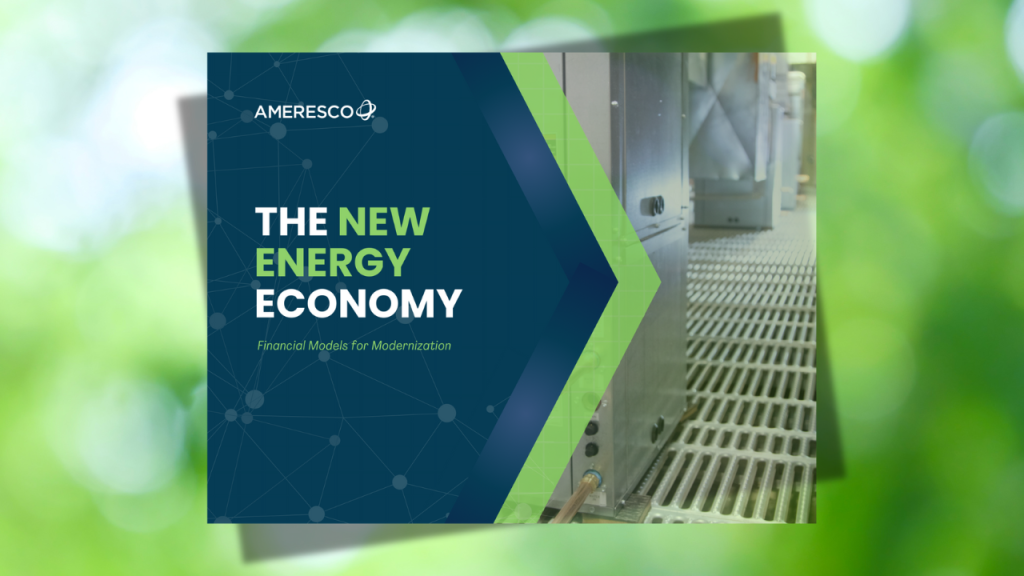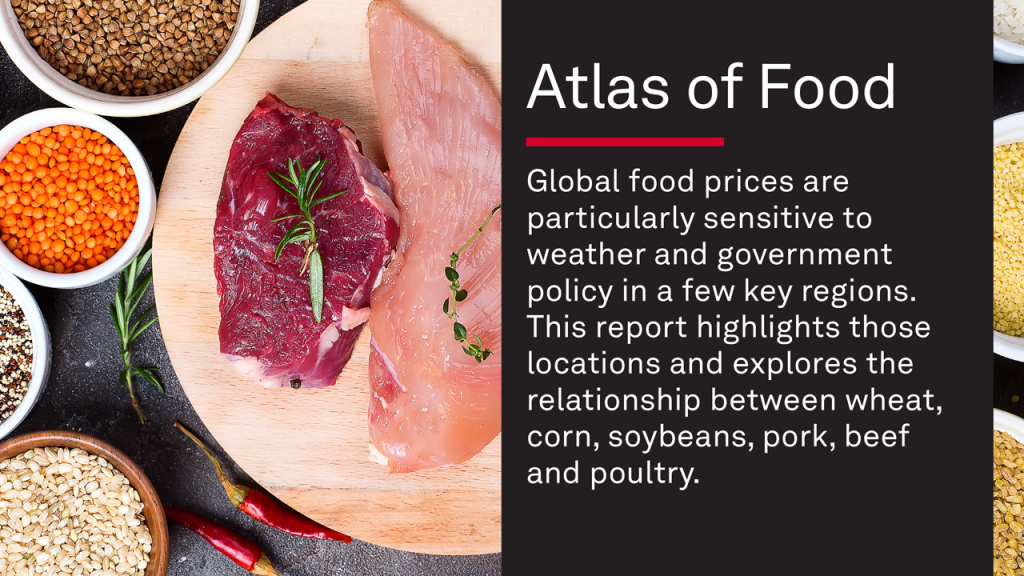How Colgate-Palmolive’s CSO links sustainability to value creation
Ann Tracy, in her sixth year on the job, now reports into the growth and strategy organization of the consumer products giant. Read More

- Energy efficiency saved Colgate-Palmolive at least $1 billion over the past two decades.
- The company divides commitments into “shields,” which are compliance-driven, and “swords,” which center on potential for corporate value creation.
- Colgate-Palmolive is confident about meeting its 2025 goals, despite emissions increases in 2023.
Ann Tracy has championed strategies that marry efficiency and environmental goals for most of her three-decade career with Colgate-Palmolive — across the toothpaste market leader’s manufacturing, customer service, logistics and supply chain.
Today, her job is to position Colgate-Palmolive’s net-zero agenda as a catalyst for innovation and commercial growth.
“The new era we’re entering into for sustainability is really doubling down now on the business case, on the value creation aspect,” Tracy said in the latest episode of Climate Pioneers.
When Tracy was named Colgate-Palmolive’s first chief sustainability officer in February 2020 she reported to the supply chain organization. In 2022, however, her team was made part of the growth and strategy team, which manages the commercial side of the business.
With that shift, the $20 billion company began to consider emissions and plastic reduction commitments as components of its growth plan. A key mantra of its CEO: “We can do anything, but we can’t do everything.” Tracy is part of two dozen senior leaders who make decisions about what matters.
“I think that allows me to make sure that sustainability remains built into the decisions that we’re making,” she said. “Not to say there aren’t tradeoffs and it’s not tough, particularly in this environment. But I think that’s important.”
Stay the course
Colgate-Palmolive’s energy efficiency measures, for example, have had a big impact on expenses — a savings of at least $1 billion in electricity costs since it began measuring this impact almost 20 years ago, according to Tracy. “For us, that’s a significant number,” she said. “It’s a significant number for anyone.”
She noted three successful tactics:
- A program that allocates at least 5 percent of manufacturing capital expenditures for energy reduction, water conservation and waste management measures.
- The Energy Treasure Hunt initiative, which sends 30 to 50 people to sites with the goal of identifying improvement opportunities; 2,500 projects were surfaced through 2023.
- A team dedicated to creating tools and resources that scale successful reduction measures so they can be used in multiple locations.
Colgate-Palmolive’s commitment, validated by the Science Based Targets initiative, is to be net zero by 2040 — making it one of the few consumer products companies with an approved commitment. Short-term goals coming due in 2025 include a 20 percent emissions reduction for its own operations and for purchased energy (Scope 1 and 2), and a 20 percent cut in the footprint for purchased goods and services (Scope 4).
The baseline year for both targets is 2020. It’s unclear whether Colgate-Palmolive will deliver — its emissions increased slightly in 2023, compared with 2022. “We are learning that our journey will not likely follow a strictly linear path,” the company said in its 2024 climate transition plan.
The same is true of the company’s plastic reduction targets; Colgate-Palmolive had aimed to make all of its packaging recyclable, reusable or compostable by the end of 2025. As of Dec. 31, 2023, it had managed about 90 percent.
Still, Tracy isn’t wavering about where the company will land at the end of 2025 and whether it needs to adjust its 2030 priorities. “We are staying true to our targets,” she said. “We are not announcing any dial-backs.”
Colgate-Palmolive is aiming for a 42 percent emissions reduction by 2030 for both its own operations and purchased goods and services.
Swords versus shields
Colgate-Palmolive divides its climate, nature and waste management commitments into two categories: “shields,” which are compliance-driven, and “swords,” which center on potential for corporate value creation.
“Shields are the thing we have to get down because of taxes, fees, reputational risk, regulations,” Tracy explained. “Swords are where we want to lead. We’re pretty choiceful about where we want to lead.”
As an example of the latter, Tracy pointed to Colgate-Palmolive’s zero-waste strategy, which commits the company to manufacturing all of its products at sites certified under the U.S. Green Building Council’s Total Resource Use and Efficiency (TRUE) initiative by the end of 2025.
The TRUE certification requires that sites divert at least 90 percent of waste from landfills or incineration. By the end of 2023, 80 percent of Colgate-Palmolive’s manufacturing facilities had earned the designation.
“We’re not that great at putting hard numbers against it,” Tracy said, “but the amount of money that saves across all sites that are becoming certified is significant.”
Colgate-Palmolive’s introduction of a recyclable, squeezable toothpaste tube in 2019 — which started as a plastics-reduction goal — is another strategy that both reinforces the brand’s value as an innovator in toothpaste and cuts production-related emissions and water consumption.
The single-material design is now used for more than 90 percent of its toothpaste brands, reducing emissions related to materials production by 26 percent per tube. Raw materials add up to more than half of Colgate-Palmolive’s product design and procurement emissions. “If you think about the fact that we make close to 10 billion tubes every year, that’s a lot of carbon benefit,” Tracy said.
The design is also used by Colgate-Palmolive rivals, because the company opted to share its recipe. The idea is to convince recyclers to boost recycling rates for this packaging — about 20 billion toothpaste tubes made out of multi-layered plastic are thrown out annually. Colgate-Palmolive accounts for almost half of that.
Proceed with ambition — and caution
As Colgate-Palmolive’s team takes stock of its 2025 progress, Tracy said the company’s focus will be on choosing “ambitious but achievable” pathways to reach the 2030 goals. “We’re doubling down on the targets that have to have value drivers or that have to drive value creation,” she said.
Tracy acknowledged the headwinds faced by corporate sustainability professionals amid the changing rules of the Trump administration, but said Colgate-Palmolive’s investors are still interested in seeing progress against its climate goals.
“Like all companies, we’re being careful about the narrative,” she said. “We’re being careful about what we say — we have to be — but I think, internally, we still are staying the course.”
[Join Trellis Network to gain the powerful peer network you need to drive more impact across your organization.]

